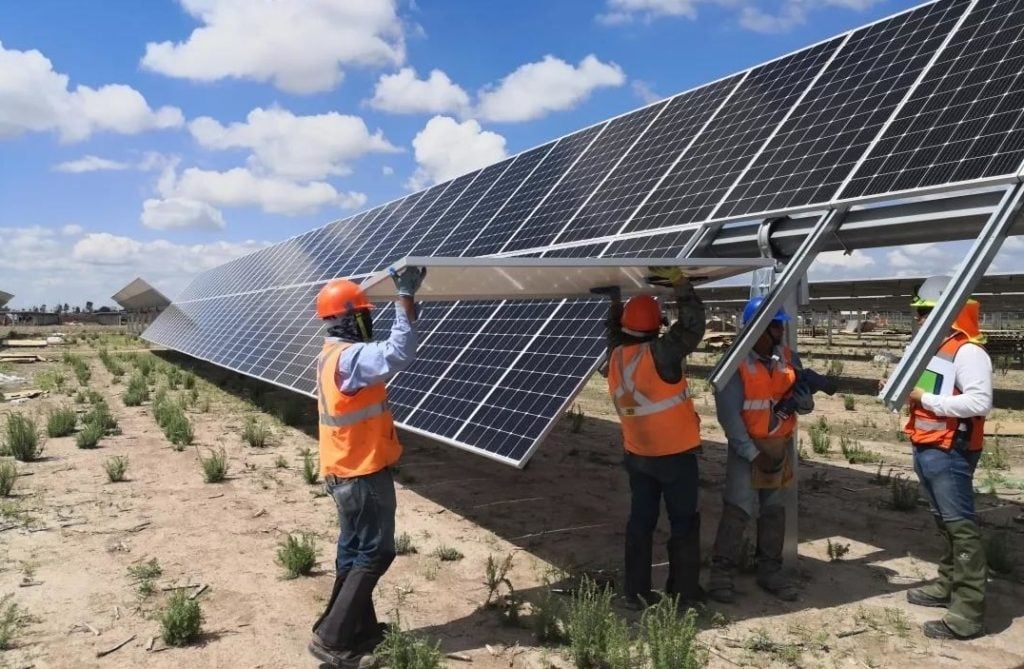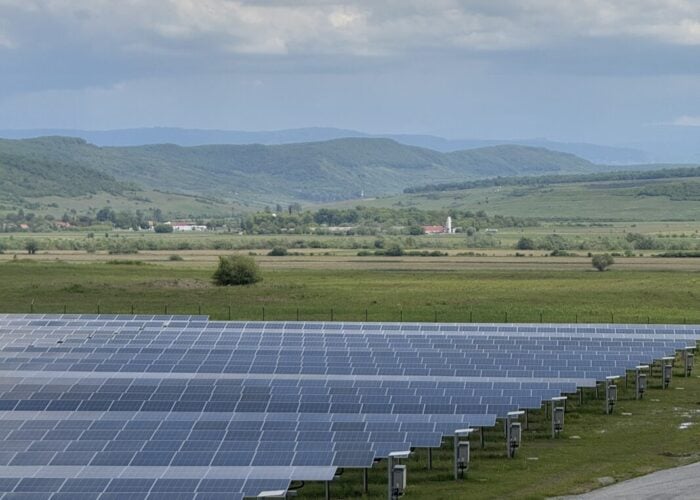
Solar module prices for international markets are expected to fall in tandem with forecasted polysilicon price reductions as of 2023, according to research from Clean Energy Associates (CEA).
The quality assurance and supply chain management firm revealed that while module pricing this year remains constant due to higher-than-expected European purchase volumes and limited polysilicon supplies, pricing will drop as of 2023.
Try Premium for just $1
- Full premium access for the first month at only $1
- Converts to an annual rate after 30 days unless cancelled
- Cancel anytime during the trial period
Premium Benefits
- Expert industry analysis and interviews
- Digital access to PV Tech Power journal
- Exclusive event discounts
Or get the full Premium subscription right away
Or continue reading this article for free
In its PV Price Forecasting Report (Q2 – 2022), CEA recommends only procuring modules around two to three quarters from delivery as the current market environment will impact future long-term orders.
In the US, module prices increased significantly from the firm’s previous forecast due to the threat of an anti-dumping and countervailing duty (AD/CVD) extension to several Southeast Asian countries.
While President Joe Biden declared a two-year freeze on new tariffs on solar imports from Southeast Asia, CEA noted that capacities remain at risk of future rates, which has impacted many suppliers’ Southeast Asian expansion plans and reduced the outlook for cell and module expansion in the region.
In addition, implementing the US Uyghur Forced Labor Prevention Act has brought new shipment detentions for some of the industry’s largest suppliers, causing concerns that module availability in the US for the remainder of 2022 may be more limited than previously thought, the report found.
In terms of polysilicon, CEA said that although shortages have plagued the solar industry since late 2020, polysilicon prices are forecast to drop throughout 2023 as sizeable manufacturing capacities come online.
With China’s government announcing its intention to intervene in the polysilicon market to meet renewable installation objectives, the solar industry may expect steeper polysilicon price drops if government action materialises, CEA said.
As reported by PV Tech Premium, electricity rationing in China caused the average price of polysilicon to rise yet again last week.
While long-term contract prices for polysilicon are expected to be less than spot market rates, given there are very constrained volumes outside of long-term contracts, even long-term contract holders are experiencing the pressures of high polysilicon prices, the report said.
It added that prices are expected to remain in the mid-US$30/kg range for large-scale polysilicon buyers until the end of 2022, with the first declines in pricing anticipated in Q1 2023 as the post-market rush in China, coupled with more polysilicon expansion, should tip the polysilicon market on the path toward oversupply.






